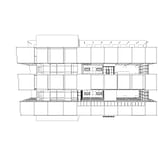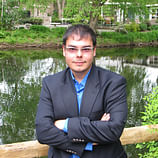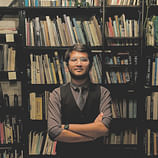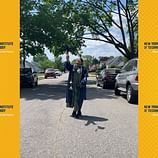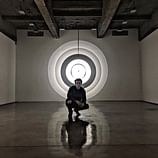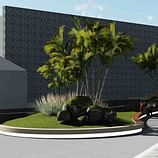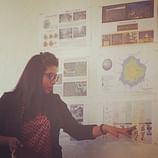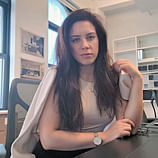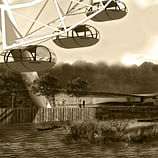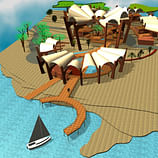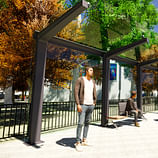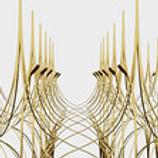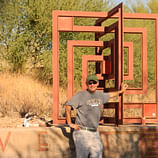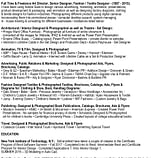
At New York Tech, you will learn about Architecture by solving progressively more complex design challenges.
New York, NY
Request InformationMarshall McLuhan once wrote that technology only intensifies and enhances senses and organs that we already posses. TV allows us literally to “see better” (that is why it’s called “tele-vision”), radio permits us to hear farther, and the automobile allows us to run faster. One of technology's problems, however, is that it also tends to treat nature as something alien or foreign: if used irresponsibly, it can devastate forests, wreak havoc on climate conditions and air quality, and utterly destroy animal and human populations alike. It has a huge appetite, and it often fails to recognize the deep interconnections and interdependencies that lie at the heart of all existence.
The purpose of this curriculum is to teach students to respect the contexts in which they live – not just the human environment, the fabric of peoples, cultures, and traditions that inhabit this planet, but also the physical world, the natural resources that surround us, the flora and fauna, the animal kingdom, air, fire, wind, and water. For every action, there is a reaction. For every choice we make, there is a choice foregone. The world is a complex place, an increasingly complex place, and the view of this school is that in order to grasp the changes that surround us, in order to understand the direction in which the future is heading, we have to recognize that technology is a reality that we must reckon with; that it will only play a greater role in our lives as the years progress; and that we also have to develop more thoughtful and environmentally contentious ways of managing and utilizing the resources that surround us.
Sustainable design, we believe, is one way of engaging technology in a socially and ethnically responsible manner. Buildings consume more energy than any other single technology (yes, buildings are technologies, and yes, they consume far more energy than, say, the automobile), and it is especially important that students of architecture and design appreciate how their actions as architects and designers – the materials they use, the building systems they employ, and the environments they create – impact the contexts in which we all live. As a school, we try and also teach how mobile and fluid the environment can be, and the importance of recognizing the manifold and often quite subtle ways in which big changes can come of very small, and sometimes seemingly insignificant, choices.
In order to carry out our sustainability initiative, over the last couple of years NYIT has been competing in a series of national competitions that challenge students to think more responsibly about the future. In 2005, we competed in the Solar Decathlon, which was sponsored by the U.S. Department of Energy, and in fall 2007 we have the honor of doing so again. Our hope is that by sponsoring such initiatives – and by continuing to be involved in such projects going forward – we will not only be able to give students “real life” outlets that allow them to examine questions of sustainability, but also perhaps help participate in the process of building a more thoughtful future.

















